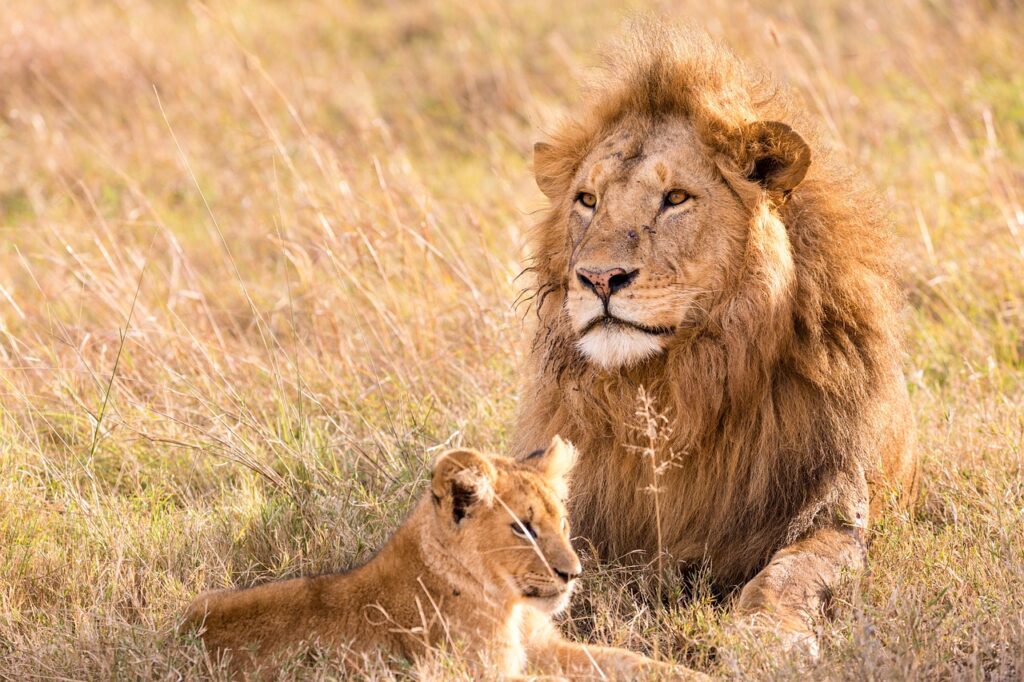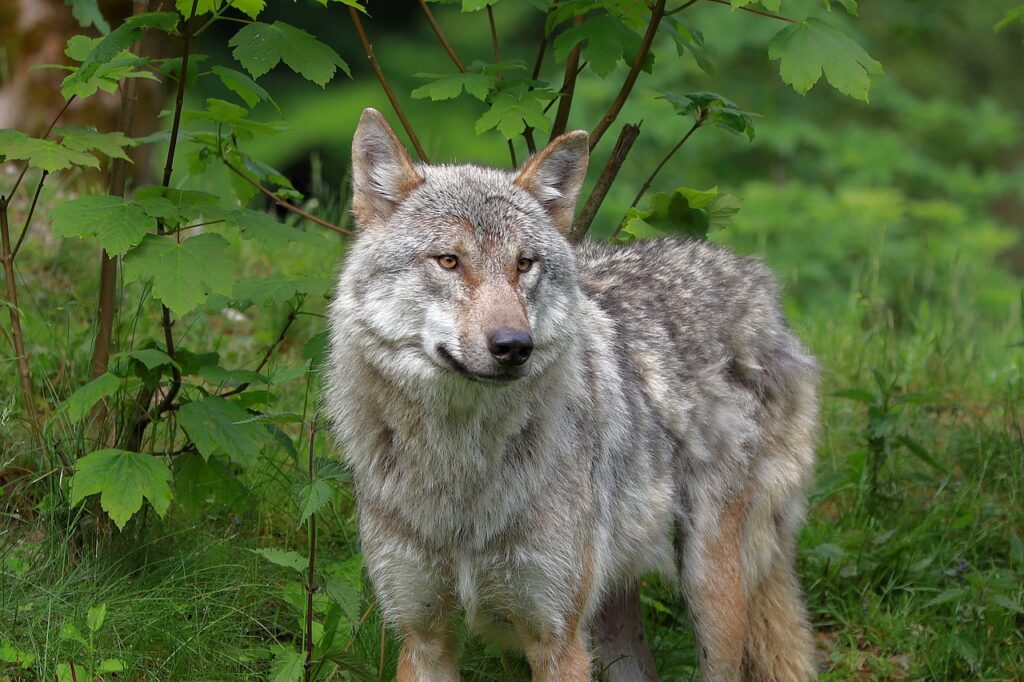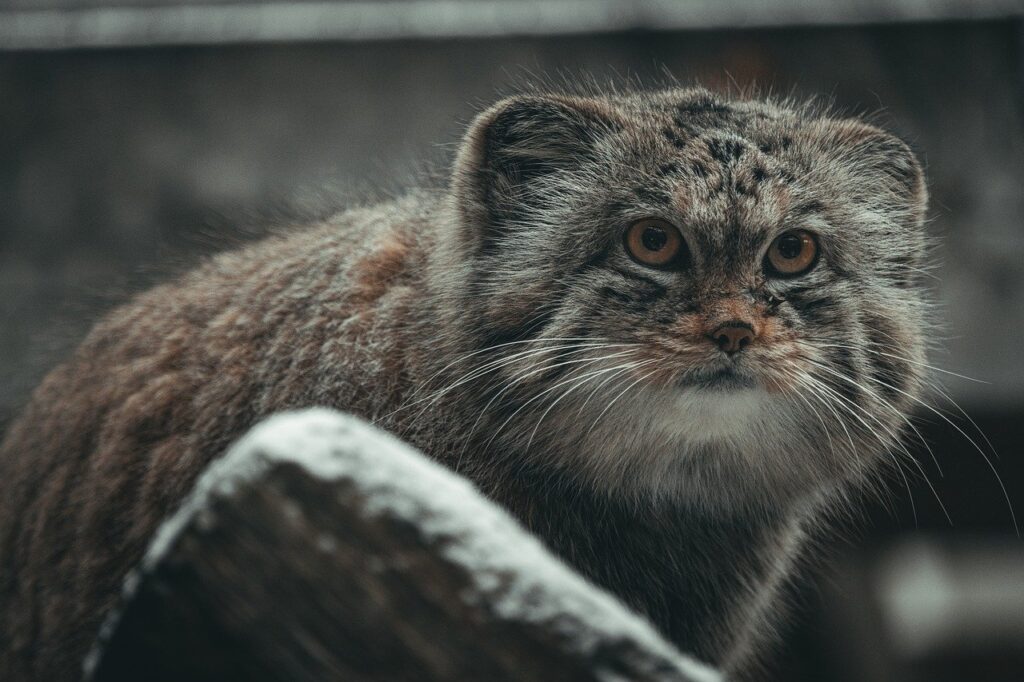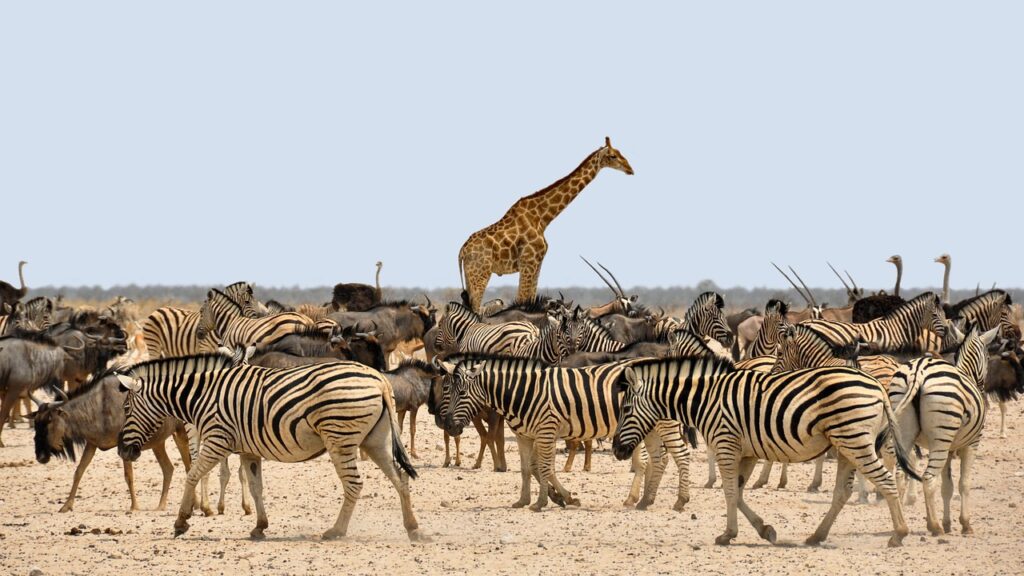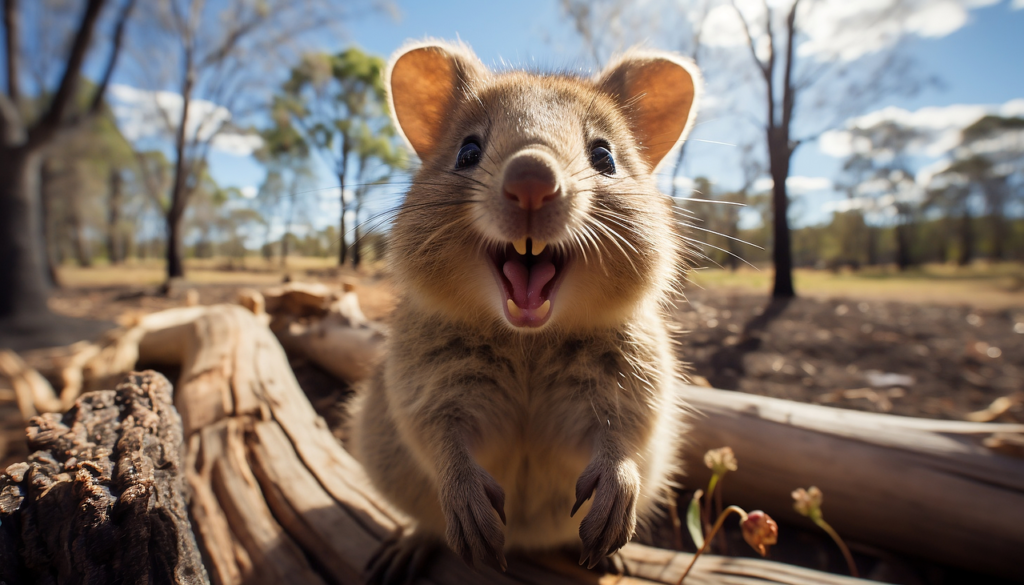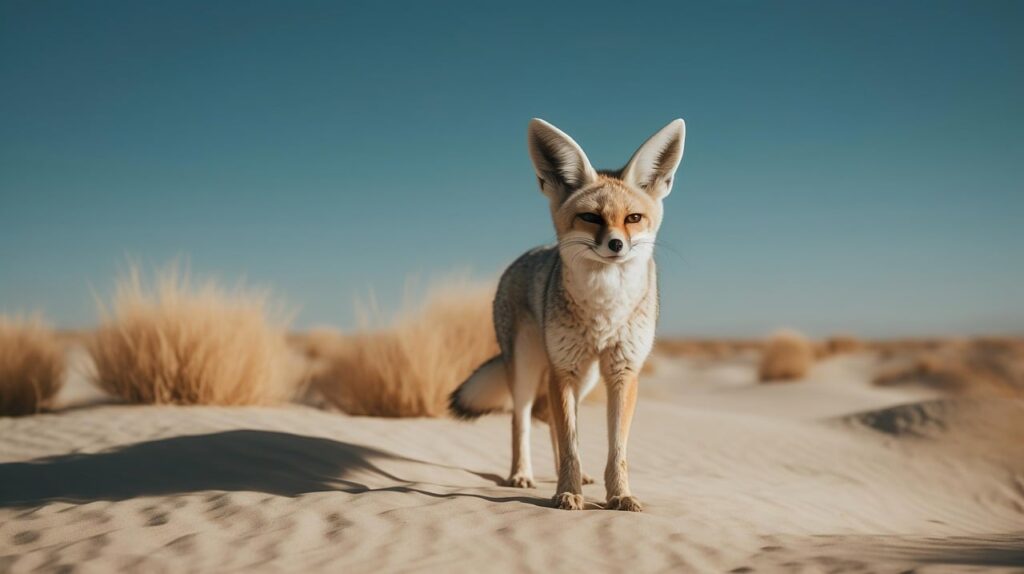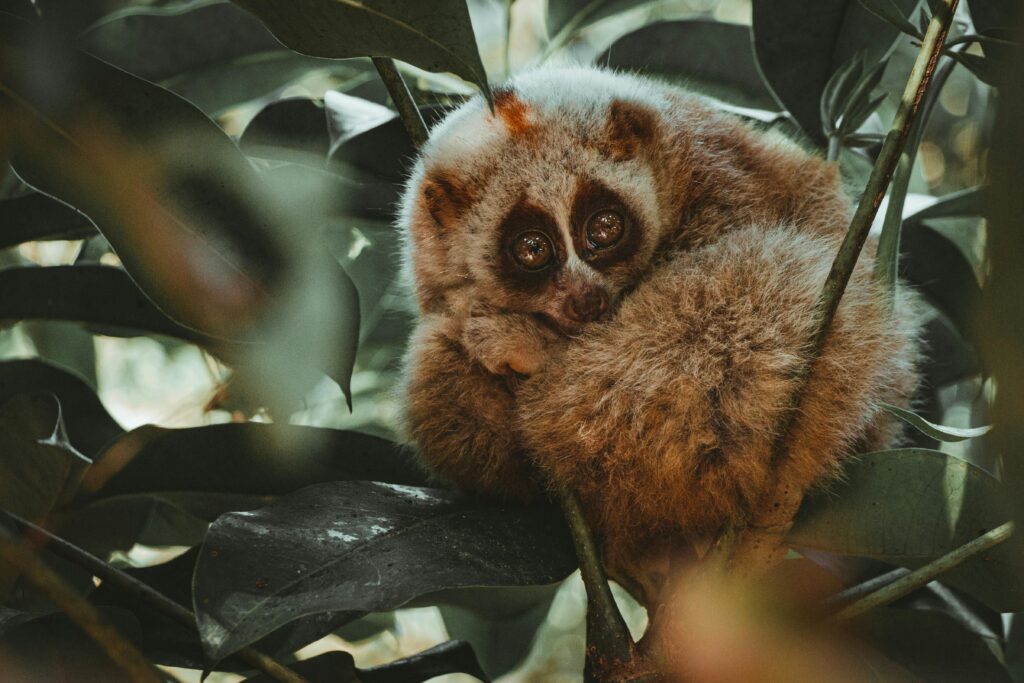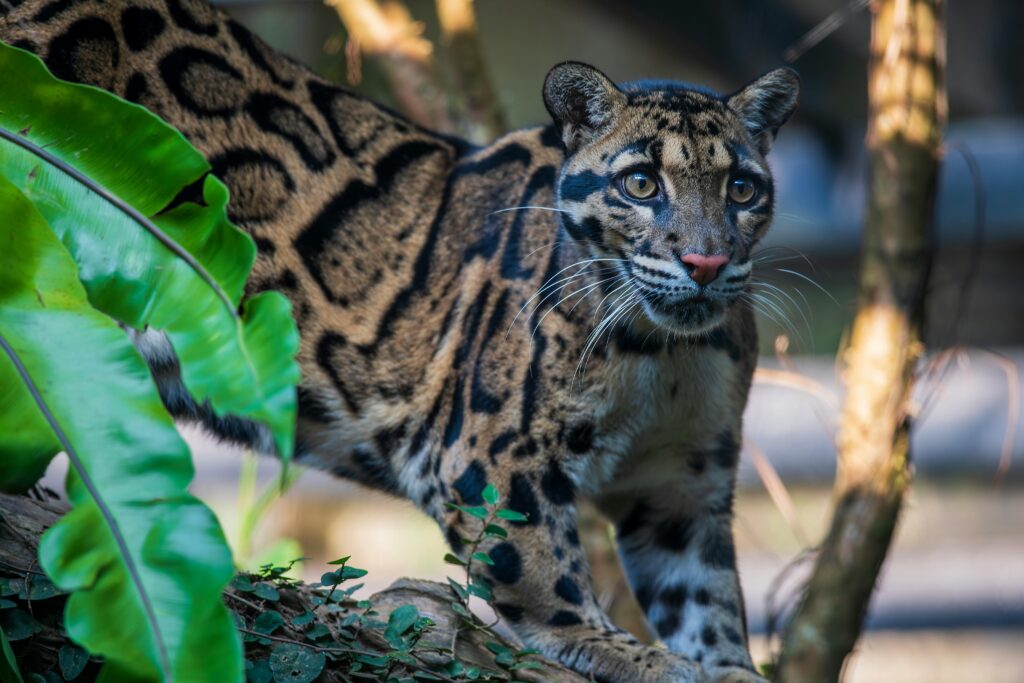Wild Animals: Discover Nature’s Untamed Wonders
WIldlife! Explore the fascinating world of wild animals! From majestic lions to elusive snow leopards, our comprehensive guide covers diverse species, habitats, and conservation efforts. Learn about animal behavior, ecosystems, and how to protect endangered wildlife. Dive into stunning photos, expert insights, and interactive resources for animal enthusiasts, students, and conservationists alike. Uncover the secrets of Earth’s most incredible creatures and join us in preserving our planet’s biodiversity.
Playful Monkeys
To open the page with information about Monkeys Click Here!
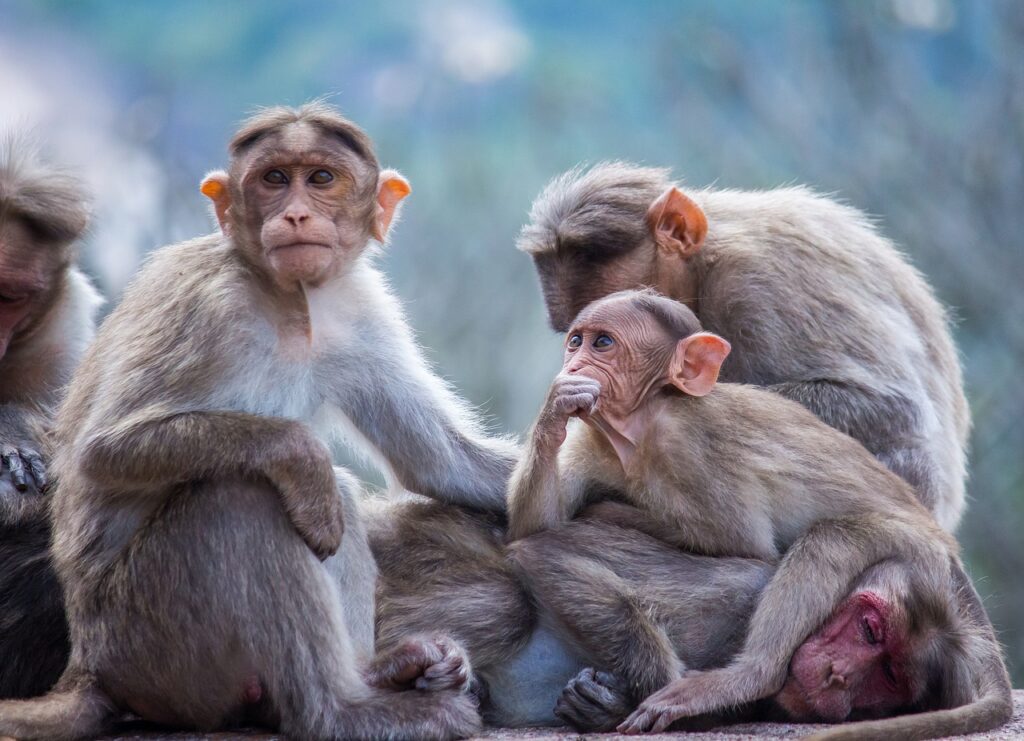
Bears
To open the page with information about Bears Click Here!
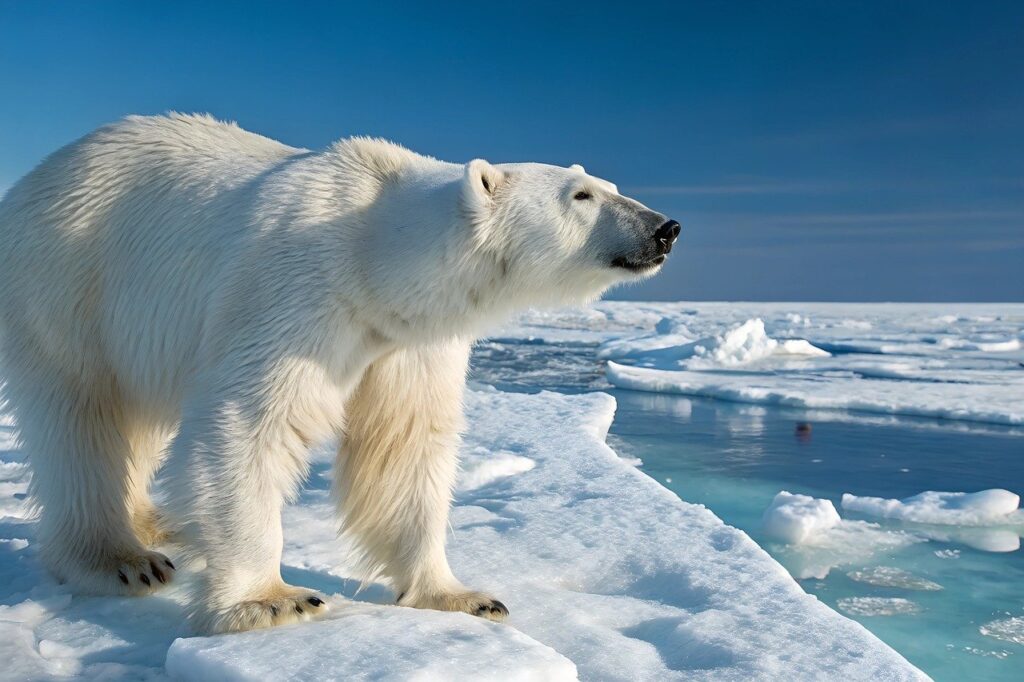
Lions
To open the page with information about Lions Click Here!
Wolf
To open the page with information about Wolves Click Here!
Fox
To open the page with information about Foxes Click Here!
Pallas’s Cat
To open the page with information about Pallas’s Cat Click Here!.
Jungle Animals
To open the page with information about Jungle Animals list Click Here!.
Sea Animals List
To open the page with information about Sea Animals List Click Here!.
Platypuses
To open the page with information about Platypus Click Here!
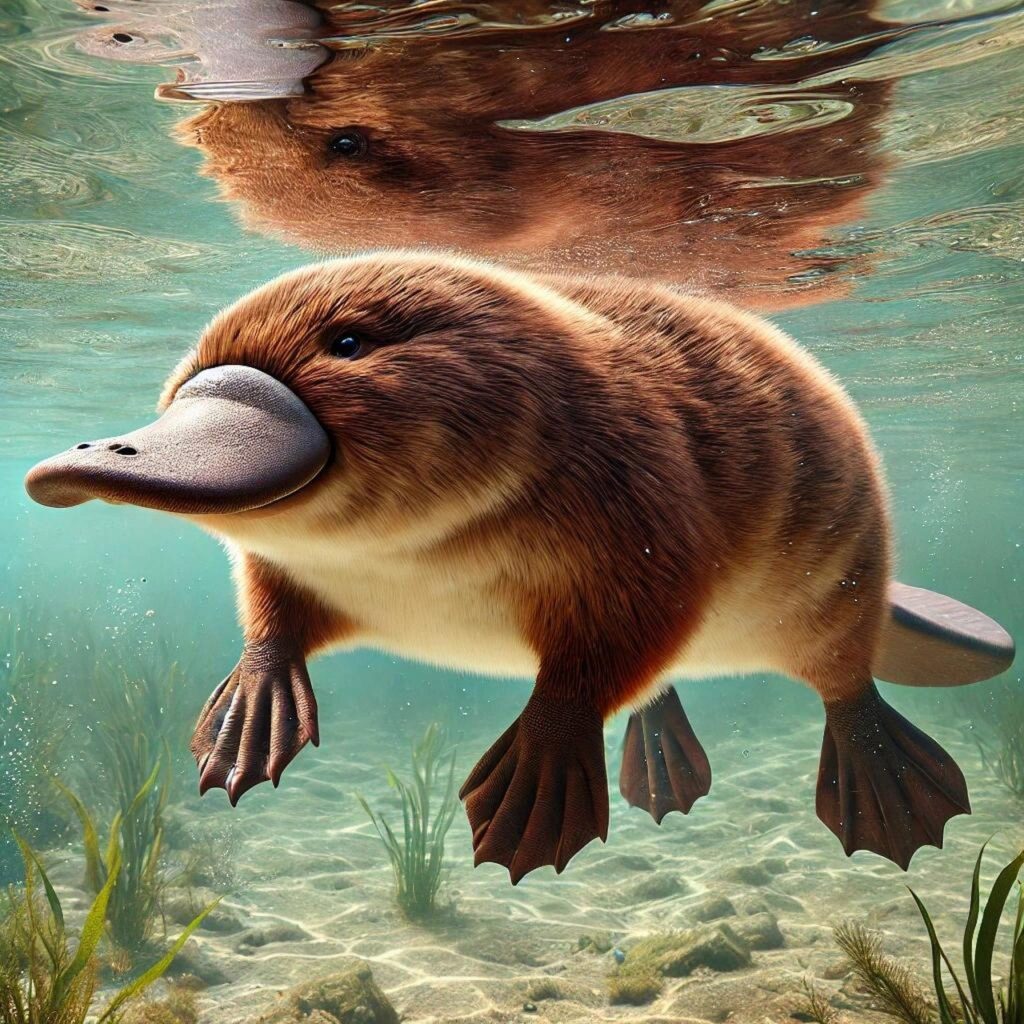
Disney Animal Kingdom Safari
To open the page with information about Disney Animal Kingdom Safari Click Here!.
Fastest Animal in the World
To open the page with information about Fastest Animal in the World Click Here!.
Quokka, The Happiest Animal in the World
To open the page with information about Quokka Click Here!
Hippos, also known as Hippopotamus amphibius..
To open the page with information about Hippos Click Here!
Unveiling World of Gorillas
To open the page with information about Gorillas Click Here!
Otters
To open the page with information about Otters Click Here!
Squirrels
To open the page with information about Squirrels Click Here!
Fennec Fox
To open the page with information about Fennec Fox Click Here!
Slow Lorises
To open the page with information about Slow Lorises Click Here!
Clouded Leopards
To open the page with information about Clouded Leopards Click Here!
Japanese Macaques
To open the page with information about Japanese Macaques Click Here!
Capybaras
To open the page with information about Capybaras Click Here!

Animals that inhabit the wilderness play crucial roles in maintaining ecological balance and biodiversity. This article explores various aspects of wilderness-dwelling animals, including their habitats, adaptations, and the challenges they face in a rapidly changing world.
Understanding Wilderness Habitats
Wilderness areas are typically characterized by minimal human interference, allowing ecosystems to thrive naturally. These environments can range from dense forests and expansive grasslands to arid deserts and icy tundras. Each habitat supports unique wildlife adapted to its specific conditions.
Types of Wilderness Habitats
- Forests: Home to a diverse array of species, forests provide shelter and food sources. Animals like deer, bears, and numerous bird species thrive here.
- Grasslands: These open areas support herbivores such as bison and antelope, which in turn attract predators like wolves and coyotes.
- Deserts: Harsh conditions in deserts lead to specialized adaptations in animals like camels and snakes, enabling them to survive with minimal water.
- Tundras: Found in polar regions, tundras are inhabited by species such as caribou and arctic foxes, which have adapted to extreme cold.
Adaptations of Wilderness Animals
Animals living in the wilderness exhibit remarkable adaptations that enable them to survive and thrive in their environments. These adaptations can be physiological, behavioral, or structural.
Physiological Adaptations
- Thermoregulation: Animals in cold climates often have thick fur or fat layers for insulation. For example, polar bears possess a thick layer of blubber that keeps them warm.
- Water Conservation: Desert animals like the kangaroo rat have evolved to extract moisture from their food, minimizing water loss.
Behavioral Adaptations
- Migration: Many species migrate seasonally to find food or breeding grounds. For instance, wildebeests migrate across the Serengeti in search of greener pastures.
- Nocturnal Activity: Some animals, such as owls and bats, are active at night to avoid daytime heat and predators.
Structural Adaptations
- Camouflage: Many wilderness animals have developed coloration that helps them blend into their surroundings. For example, the snowshoe hare changes color with the seasons for better concealment.
- Specialized Limbs: Animals like the kangaroo have powerful hind legs adapted for jumping long distances, which is essential for escaping predators.
The Role of Wilderness Animals in Ecosystems
Wilderness animals contribute significantly to their ecosystems through various ecological roles:
Predators and Prey Dynamics
Predators help regulate prey populations, preventing overgrazing and maintaining plant diversity. For example, wolves control deer populations in forested areas, allowing vegetation to flourish.
Seed Dispersal
Many animals play a crucial role in seed dispersal. Birds and mammals consume fruits and subsequently excrete seeds far from the parent plant, promoting plant diversity and forest regeneration.
Soil Aeration
Burrowing animals like rabbits and moles aerate the soil as they dig, enhancing nutrient cycling and promoting healthy plant growth.
Challenges Facing Wilderness Animals
Despite their adaptations and ecological importance, wilderness animals face numerous challenges that threaten their survival:
Habitat Loss
Human activities such as deforestation, urbanization, and agriculture lead to habitat destruction. This loss reduces available resources for wildlife and fragments populations.
Climate Change
Shifts in climate patterns affect food availability and habitat conditions. For instance, rising temperatures can alter migration patterns and breeding seasons for many species.
Pollution
Pollutants can have devastating effects on wildlife health. Chemicals entering water bodies can accumulate in food chains, leading to declines in animal populations.
Poaching and Illegal Trade
Many wilderness species are hunted illegally for their body parts or as exotic pets. This not only threatens individual species but also disrupts entire ecosystems.
Conservation Efforts
To protect wilderness animals and their habitats, various conservation strategies are being implemented globally:
Protected Areas
Establishing national parks and wildlife reserves helps safeguard habitats from human encroachment. These protected areas serve as sanctuaries for endangered species.
Habitat Restoration
Efforts to restore degraded habitats can help revive ecosystems. Reforestation projects aim to re-establish tree cover that benefits both wildlife and local communities.
Community Involvement
Engaging local communities in conservation efforts is crucial. Programs that promote sustainable practices allow communities to benefit economically while protecting wildlife.
Legislation
Stricter laws against poaching and illegal trade are essential for protecting vulnerable species. International agreements like CITES (Convention on International Trade in Endangered Species) aim to regulate trade in threatened species.
Bring the wild to life with this 7-piece animal figurines set – click here to spark adventure and imagination today!
Conclusion
Animals living in the wilderness are vital components of our planet’s ecological health. Their unique adaptations allow them to thrive in diverse habitats while fulfilling essential roles within ecosystems. However, these animals face significant threats that require immediate attention through conservation efforts. By protecting wilderness areas and promoting sustainable practices, we can ensure that these magnificent creatures continue to roam our planet’s wild spaces for generations to come.In summary, understanding the complexities of wilderness ecosystems fosters appreciation for wildlife conservation efforts while emphasizing the interconnectedness of all living beings within these natural landscapes.
